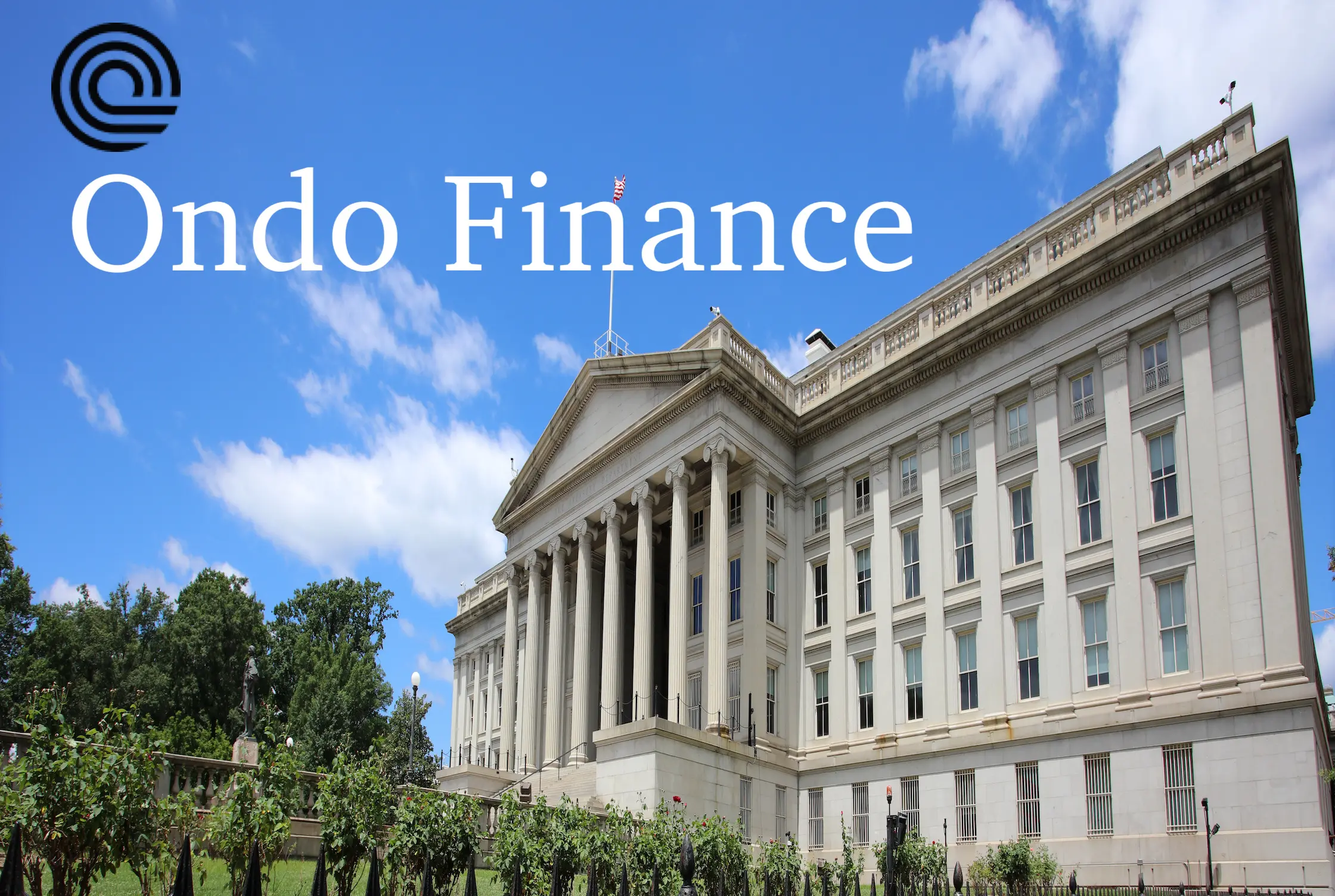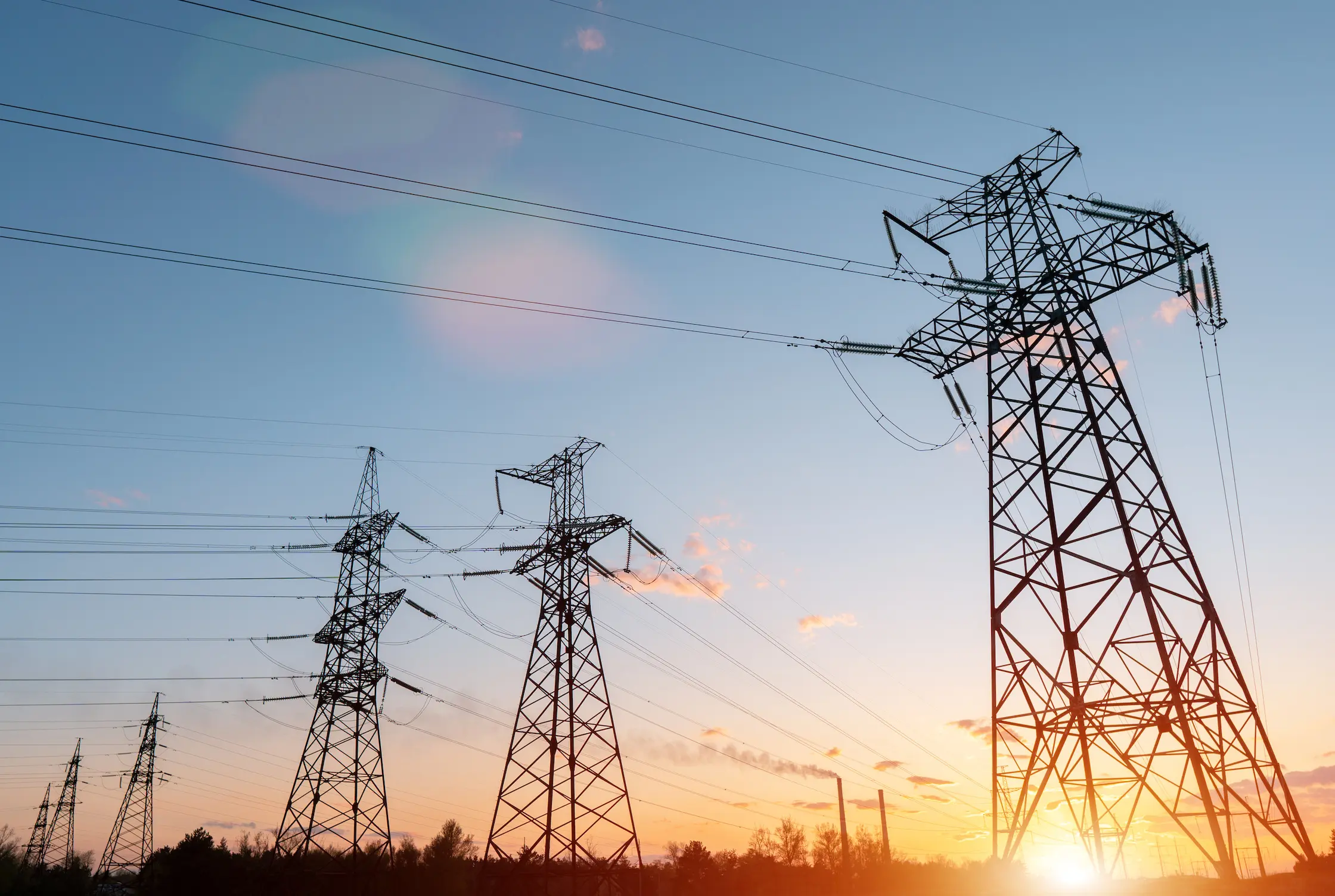The Trump emergency price relief initiative represents a bold and strategic response to the ongoing cost-of-living crisis, which has significantly impacted American families. Recognizing the growing financial strain on households, President Donald Trump introduced this executive order to alleviate financial burdens and promote a more sustainable economic environment.
With inflation rates soaring, housing affordability becoming a challenge, and healthcare costs continuing to climb, the need for immediate intervention has never been more critical. Through this executive order, Trump Emergency Price Relief focuses on expanding housing supply, reducing energy prices, and fostering job creation, among other key measures, to provide relief to the American public.
Addressing Housing Affordability
One of the central focuses of the trump emergency price relief strategy is housing affordability. For many families, the dream of owning a home has been slipping further out of reach as property prices soar, partly due to tight housing supply and increasing demand.
Trump emergency price relief’s order aims to address these challenges by implementing housing cost reduction strategies, including regulatory burden reduction and expanding housing supply. These efforts are meant to help stabilize the housing market, making it easier for families to find affordable homes while also stimulating economic activity in the construction sector.
Reducing Energy Prices and Promoting Energy Independence
In addition to housing affordability, the executive order emphasizes the importance of energy price reduction as a means of relieving financial stress on American families. Energy prices, particularly those related to fossil fuels, have skyrocketed, causing a ripple effect on transportation, utility bills, and overall living expenses. Trump’s policy intends to roll back regulatory measures that have previously impeded fossil fuel development, in favor of policies that promote energy independence.
By focusing on deregulating fossil fuel industries and encouraging energy price reductions, Trump aims to make energy more affordable for everyday consumers, ultimately leading to lower utility bills and transportation costs. This shift toward greater energy independence is not only designed to reduce costs but also to bolster national security and enhance economic stability.
ALSO READ: Champion Radiators: Boost Performance with Superior Cooling
Promoting Job Creation and Economic Stimulus
Beyond energy and housing, Trump emergency price relief plan targets job creation and economic stimulus. By focusing on manufacturing revival and job creation, Trump seeks to boost the American workforce and reduce unemployment rates. This will, in turn, lead to higher income levels, which are essential in offsetting rising costs. Furthermore, the order promotes a shift toward improving supply chain efficiency, which is crucial in combating inflation and addressing the disruptions seen in recent years. Through these actions, Trump hopes to drive sustained economic growth while providing tangible relief to families struggling with higher grocery and energy prices.
Cutting Healthcare Costs
Moreover, the Trump administration is also addressing healthcare costs as part of its broader economic relief measures. Healthcare expenses, particularly administrative costs and the burden of excessive regulations, have been major contributors to the rising cost-of-living. The executive order mandates cuts in unnecessary administrative expenses and advocates for reforms aimed at reducing healthcare costs. These actions are designed to help American families access more affordable healthcare, which has long been a significant financial strain on households.
For further details on the initiatives outlined in Trump emergency price relief order, check out this analysis.
Economic Stimulus and Supply Chain Improvements
The economic stimulus introduced by this executive order goes beyond just lowering prices; it aims to restore financial stability and stimulate broader economic growth. Through policies designed to increase production in key industries like manufacturing, Trump’s administration hopes to provide American families with the means to manage the rising cost of living. The focus on supply chain improvement will help reduce inflationary pressures, making products more affordable and accessible. The executive order also includes provisions for tariff implementation, which aims to create a more balanced trade policy. By adjusting tariffs, Trump hopes to support U.S. industries, revitalize domestic manufacturing, and create new jobs.
Border Security and Immigration Policy Overhaul
While the economic implications of Trump emergency price relief plan are wide-ranging, the order also includes policies related to border security and immigration reform. One of the more controversial elements of the executive order is the focus on southern border security. Trump has long advocated for tighter control over the southern border, believing that immigration enforcement will help protect American workers and reduce the burden on social services.
As part of the trump emergency price relief plan, funding for the border wall and enhanced border security measures will be prioritized, further complicating the debate over immigration policy. Trump’s administration believes that securing the border will not only improve national security but also alleviate some of the pressures that contribute to the cost-of-living crisis.
International Trade Relations and Policy Reform
International trade relations are another area addressed by the executive order. Trump has long been a proponent of reforming trade policies to better benefit American industries. The administration’s approach to international trade seeks to balance trade relations with key partners like Canada, Mexico, and China. By focusing on fairer trade policies and tariff adjustments, Trump believes that the U.S. can maintain stronger economic ties with its partners while protecting American industries from unfair competition. These changes aim to strengthen the manufacturing sector, create more jobs, and reduce the price of goods for consumers.
Additionally, the order includes a focus on the financial markets, with particular attention given to cryptocurrency regulation. The rise of cryptocurrencies, particularly meme coins like $TRUMP coin, has created both excitement and uncertainty in financial markets. Trump’s administration seeks to introduce clearer regulations in this emerging space, aiming to prevent market volatility and ensure that cryptocurrencies contribute positively to the broader economy. This approach, while still in its early stages, could have significant implications for investors, traders, and consumers alike.
Government Efficiency and Budget Deficit Reduction
The executive order also outlines several measures to reduce government inefficiency and control the budget deficit. Among the provisions are calls for a reduction in the federal workforce, which Trump believes will help streamline government operations and reduce unnecessary spending. By implementing these efficiency measures, the order aims to reduce the burden on taxpayers and ensure that the government operates within its means. This is expected to lead to a more balanced federal budget, which is a key component of long-term economic stability.
The Broader Impact on American Families
The broader goal of Trump emergency price relief initiative is to foster an environment where American families can thrive despite the pressures of inflation and rising costs. By tackling housing affordability, energy prices, healthcare costs, and job creation, Trump is addressing some of the most significant challenges faced by families today. However, the long-term effectiveness of these policies will depend on their implementation and the ability to adapt to changing economic conditions.
For more information on the economic impacts of this executive order, see this analysis.
Frequently Asked Questions (FAQs)
1. What is the Trump emergency price relief executive order?
The Trump emergency price relief executive order is a set of policies aimed at reducing the financial burden on American families. The initiatives include lowering housing costs, cutting energy prices, creating jobs, and reducing healthcare expenses.
2. How does the executive order address housing affordability?
The order focuses on regulatory burden reduction and expanding housing supply to help make housing more affordable for American families. These efforts are designed to stabilize the housing market and provide more options for homebuyers.
3. Will the executive order reduce energy prices?
Yes, the executive order includes measures to reduce energy prices by deregulating the fossil fuel industry and promoting energy independence. These actions aim to make energy more affordable for consumers.
4. How does the executive order plan to create jobs?
The executive order encourages job creation through manufacturing revival, economic stimulus, and supply chain improvement. By revitalizing key sectors, the order aims to boost employment and income levels for American workers.
5. What impact will the executive order have on healthcare costs?
The executive order includes provisions to reduce healthcare costs by cutting administrative expenses and implementing reforms to make healthcare more affordable for families.
ALSO READ: The Ivies: A Thrilling Murder Mystery Set in High Society











